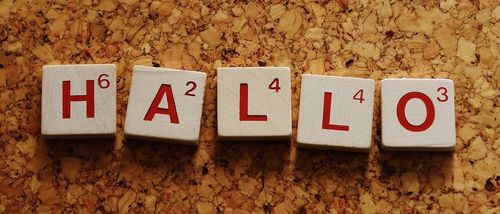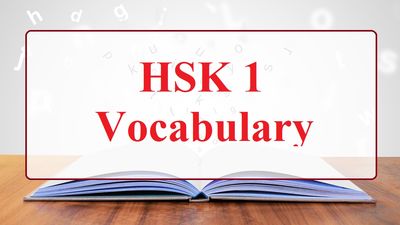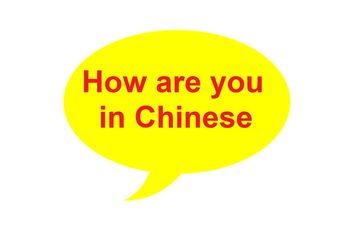How to speak Chinese. Chinese Pronunciation Guide for Beginners
Chinese pronunciation is difficult in so far as few sounds correspond exactly with those in English, but it can be mastered very quickly
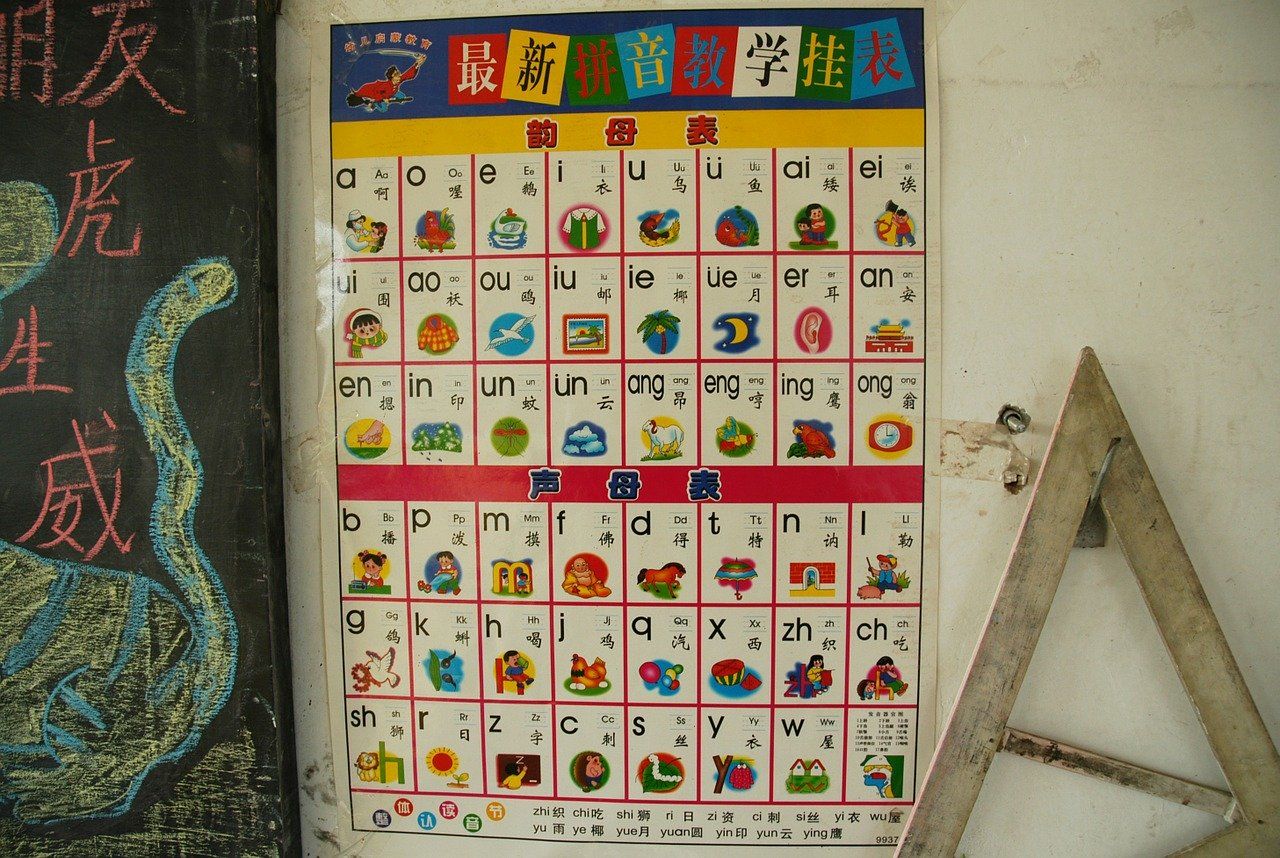
How to speak Chinese. Chinese Pronunciation Guide for Beginners
Chinese pronunciation is difficult in so far as few sounds correspond exactly with those in English, but it can be mastered very quickly once the basic principles of the sound system are understood.
Contents
1. Initials
2. Finals
2.1. Simple finals
2.2. Compound finals
3. Tones
4. Important rules
1. Initials (Beginning sounds) in Chinese
b: as in book
d: as in dad
c: like "ts" in "cats". Particular attention should be paid to the pronunciation of the so-called "aspirated" consonants. It is necessary to breath heavily after the consonant is pronounced
f: as in fork
g: as in good
h: as in horse
j: as in jeep
k: as in kite
l: as in look
m: as in moon
n: as in noon
p: as in paper (aspirated)
q: harder than "ch" in "cheap"
r: like r in rule when it is before u or -ong. Otherwise, it sounds like the s in pleasure
s: as in see
t: as in tea
x: like "sh" in "sheep" but with the corners of the lips drawn back
z: like "ds" in "beds"
ch: like ts in its, but with tongue retracted (the tip of the tongue turned up and back to touch the roof of the mouth)
sh: like s in see, but with tongue retracted
zh: like ds in hands, but with tongue retracted
2. Finals (Ending sounds) in Mandarin Chinese
The element after the initial in a Chinese syllable in the final sound. Some Chinese words end in only one vowel (Simple Finals), some in two or three vowels, and some in nasal sounds like -n or -ng (Compound Finals).
2.1. Simple Finals
a: as in father, with the mouth open
o: like aw in saw
e: like u in cup but after y like e in yes
i: as in ski, except after c, ch, r, s, sh, z, zh, when it is like the i in sir
u: like the u in super, except after j, q, x, y, when it is like ü
ü: sound made with tongue in position of i (ski) with lips rounded
2.2. Compound Finals
ai: as in aisle or the i in bike
an: like the a in father plus the n in in
ang: like the a in father plus the ng in long
ao: like the ow in now
ou: like the o in home
ong: like the aw in saw plus ng in long
ei: as in eight
en: like the un in under
eng: like the ung in lung
er: as in term
ia: like the ya in yacht
ie: like the e in yet
iao: start with ee in see and end with ow in now
in: as in tin
ing: as in sing
ian: like yen
ua: like the u in put plus the a in father
uo: like the u in put plus the aw in saw
uai: like why
un: like the u in put plus the n in fun
ün: start with tongue in position of i (inn) with lips rounded and end in -n
3. Tones in Chinese pronounciation
Standard Mandarin has four tones:
- An even (first) tone indicated in the text by ¯. The tone is flat, high and does not change pitch.
- A rising (second) tone indicated by ´ is slightly longer in its sound than a first tone and has a rising pitch.
- A falling and rising (third) tone indicated by ˘ begins with a slightly deeper pitch before rising. It has the longest sound
- The fourth tone indicated by ` is a short sharp declining pitch
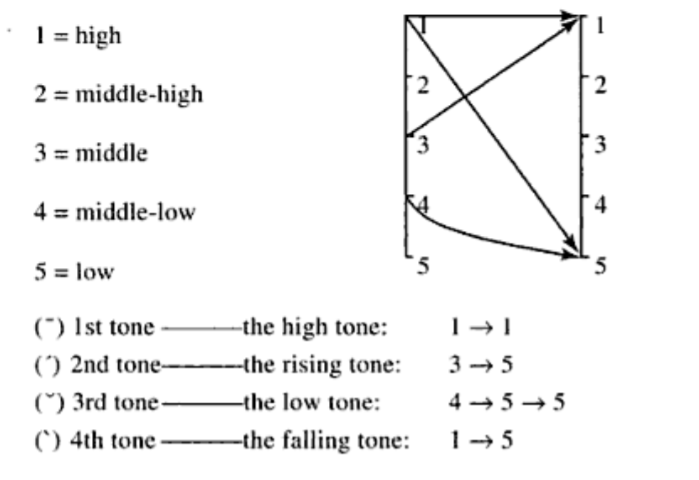
4. Other important rules for spelling and pronunciation
- In writing, w is used for a word whose sound begins with the vowel u (as, u-> wu, ua -> wa, uai -> wai); y is used for i, or ü (as, I -> yi, ü -> yu, üe -> yue)
- The dots above ü are dropped when it is preceded by j, q, x, or, y (as ju, qu, xu, xun, yuan)
- In writing, iu is a short form for iou, and ui for uei
- In writing, tone marks are on the main vowel, the one pronounced the loudest and with the mouth open widest.
- In a sentence or a phrase, some words do not carry their tone marks because they are unstressed in that group of words. Eg: the word bù (no or not) is unstressed in the phrase Duìbùqǐ (= Sorry)
- When two third tones are in succession, the first one changes in to a rising tone, the second tone.
